- Write by:
-
Sunday, March 14, 2021 - 6:06:31 PM
-
591 Visit
-
Print
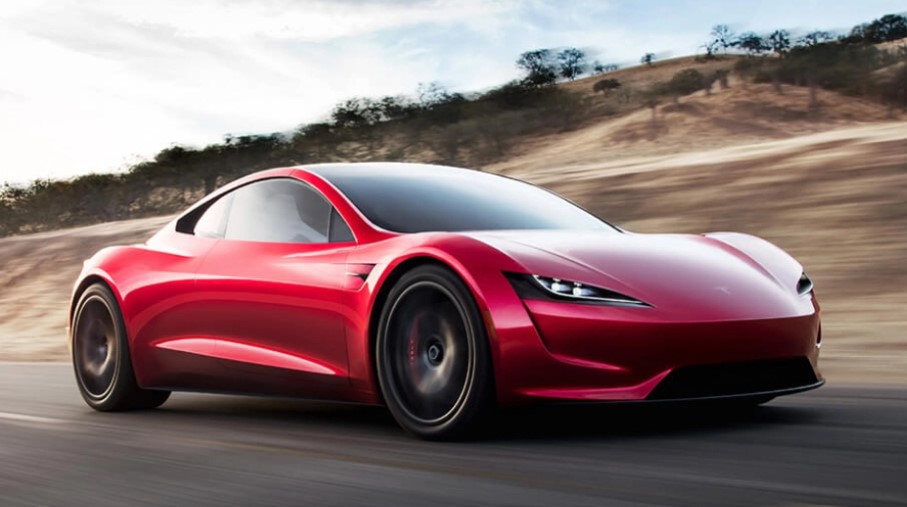
Mining News Pro - When Australian junior Piedmont Lithium (ASX: PLL) announced in September that it signed a five-year deal to supply Tesla with spodumene concentrate from its eponymous lithium project in North Carolina, its stock surged almost 84% in one day – and its market capitalization now sits at over $1.2 billion.
“We are excited to be working with Tesla, which represents the start of the first US domestic lithium supply chain, and a disruption to the current value chain,” Piedmont CEO Keith Phillips said at the time.
The Piedmont Lithium project is located in the Carolina Tin-Spodumene Belt (TSB) and along trend to the Hallman Beam and Kings Mountain mines, historically providing most of the western world’s lithium from the 1950s through the 1980s, the company says.
The TSB has been described as one of the largest lithium regions in the world, and that its project in North Carolina is the only significant occurrence of spodumene in the United States. It is located about 25 miles west of Charlotte, a core landholding consisting of 1,199 acres, and the company plans to expand its presence in the region.
In November 2020, Piedmont received its construction air permit, and permit for operations. The air permit is for chemical plant operations and construction for a 22,700 tonne per year plant at Kings mountain. At the federal level, it received permits for mining operations in November 2019 from the United States Army Corps of Engineers (USACE).
Piedmont is now considering establishing chemicals production capacity in Quebec, after making investments in the Val D’or region so it won’t have rely on creating new infrastructure projects to move the resource forward. On the concentrate operations side, Piedmont is advancing through its definitive feasibility study (DFS).
Patrick Brindle, Piedmont’s vice president, project management was a coal industry executive before making the transition to the battery metals sector.
Brindle said Piedmont is aiming for expedition of lithium hydroxide production in North Carolina, where they have a larger store lithium hydroxide chemical plant.
“We have drills operating daily – we are aiming for 25,000 metres this spring, with a focus on upgrading the resource to the Indicated category,” Brindle told MINING.com.
“It’s still early days – our core mission is the advancement of our project in North Carolina,” Brindle said. “We are hoping to make a final investment decision later in 2021, in line with the contract obligations that we have, to ship concentrate delivery to Tesla.”
Brindle said lithium hydroxide, rather than carbonate, is important to increasing the nickel content in electric vehicles’ battery cathodes.
“In order to make a battery with higher energy and a longer range, you need more nickel in the cathode – and if you need more nickel in the cathode then lithium hydroxide is favoured,” he noted.
Brindle said the market demand for lithium hydroxide is growing faster than the overall demand for lithium chemicals, and said it is more advantageous to produce lithium hydroxide from the hard rock resources found at the Piedmont deposit than from brine.
“The chemical conversion process allows us to avoid a so called ‘disrupt to hydroxide from hard rock resources. They don’t have to take the intermediate step of making lithium carbonate – brine operators make carbonate first – and Piedmont doesn’t have to,” Brindle said. “Due to the incremental costs associated with conversion of hydroxide from brine, hard rock producers have a cost advantage over brine producers.”
“We believe that in virtue of [the] location and access to infrastructure, and natural gas access relative to other western markets – our project will enjoy operating cost advantages over other hard rock projects,” Brindle said.
“We are the only American project that is looking to develop that [hard rock] resource. There aren’t any other hard rock producers in the US, currently.”
“Some EV producers have made some pretty audatious statements about the number of models they are going to have. With the electric vehicle penetration rate might be into the market by 2025 – 2040, I think the reality is we are vastly, woefully behind in terms of the number of battery metals tonnes we need to put into the marketplace.”
Brindle said the spodumene concentrate supply agreement with Tesla – which accounts for about a third of its production for the first few years, should start sometime between mid 2022 and mid 2023.
“We keep in close contact with the team at Tesla – each of us is developing our respective projects and trying to align our goals on what a start date would be for the first commercial shipment. We are collaborating together on a regular basis and we think that relationship is going exceptionally well,” he said.
“We think we do have the potential to be the lowest cost lithium hydroxide producer because we are an integrated producer, and our chemical plant is in proximity to our concentrate operations – and while its not the best orebody in the world – we like to think it is the best located orebody in the world – the world is going to need a lot of lithium.”
Short Link:
https://www.miningnews.ir/En/News/611793
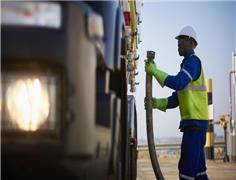
A Russian arbitration court ruled on Monday that four units of Swiss commodities trader Glencore will pay more than 11.4 ...
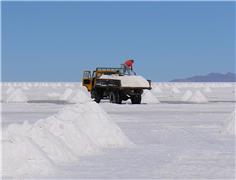
Chile’s state-run miner Codelco plans to select a partner for a future lithium project in one of the country’s top salt ...
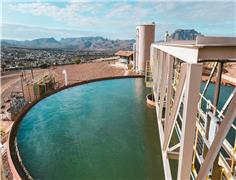
A Native American group has asked all members of a US appeals court on Monday to overturn an earlier ruling that granted ...
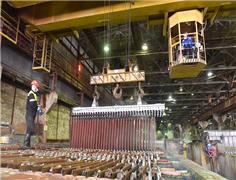
The London Metal Exchange (LME) on Saturday banned from its system Russian metal produced on or after April 13 to comply ...

Chile’s SQM called another investors meeting at the request of its second-largest shareholder, Tianqi Lithium Corp., ...
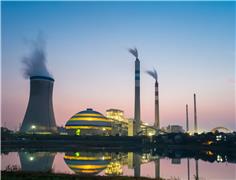
The world’s coal-fired power capacity grew 2% last year, its highest annual increase since 2016, driven by new builds in ...
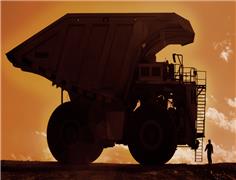
Peabody Energy Corp. shares sunk to the lowest in seven months after the biggest US coal miner warned that first-quarter ...
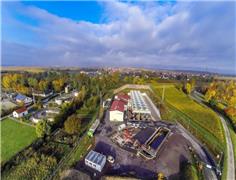
Lithium supplier Vulcan Energy on Wednesday announced the start of production of the first lithium chloride at its ...
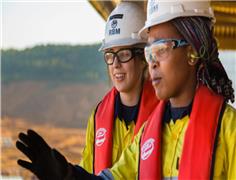
Rio Tinto said on Wednesday it is teaming up with a global venture studio and start-up investor to back the development ...
No comments have been posted yet ...